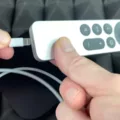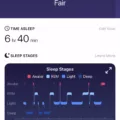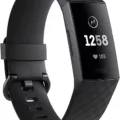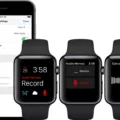Fitbit is a popular fitness tracker brand that has been helping people keep track of their fitness goals for years. One of the most important features of a Fitbit is its battery life. The battery life of a Fitbit depends on the model and the features it has. In this article, we will discuss the battery life of various Fitbit models and how you can extend it.
The Fitbit Zip has a battery life of up to 6 months. This is because it does not have a screen and uses a replaceable battery. The Fitbit Flyer, on the other hand, has a battery life of up to 6 hours. This is because it is a wireless earphone that requires constant Bluetooth connectivity.
The Fitbit Charge 4 and Charge 5 have a battery life of up to 5 hours if you use built-in GPS continuously. If you do not use GPS, the battery life can last up to 7 days. The Fitbit Ionic has a battery life of up to 10 hours if you use built-in GPS continuously. If you do not use GPS, the battery life can last up to 5 days.
The Fitbit Sense, Sense 2, Versa 3, and Versa 4 have a battery life of up to 12 hours if you use built-in GPS continuously. If you do not use GPS, the battery life can last up to 6 days.
If you want to extend the battery life of your Fitbit, there are several things you can do. First, turn off features that you do not use. For example, if you do not use GPS, turn it off to save battery life. If you do not need constant notifications, turn them off as well.
Another way to extend the battery life of your Fitbit is to monitor your app usage. Too many apps running on your menu can drain your battery life quickly. Make sure to close apps that you are not using.
Silent alarms are also features that can drain your battery life. If you are receiving silent alarms throughout the day, consider turning them off to save battery life.
The battery life of a Fitbit depends on the model and the features it has. You can extend the battery life of your Fitbit by turning off features you do not use, monitoring your app usage, and turning off silent alarms. By following these tips, you can make sure that your Fitbit has long-lasting battery life.
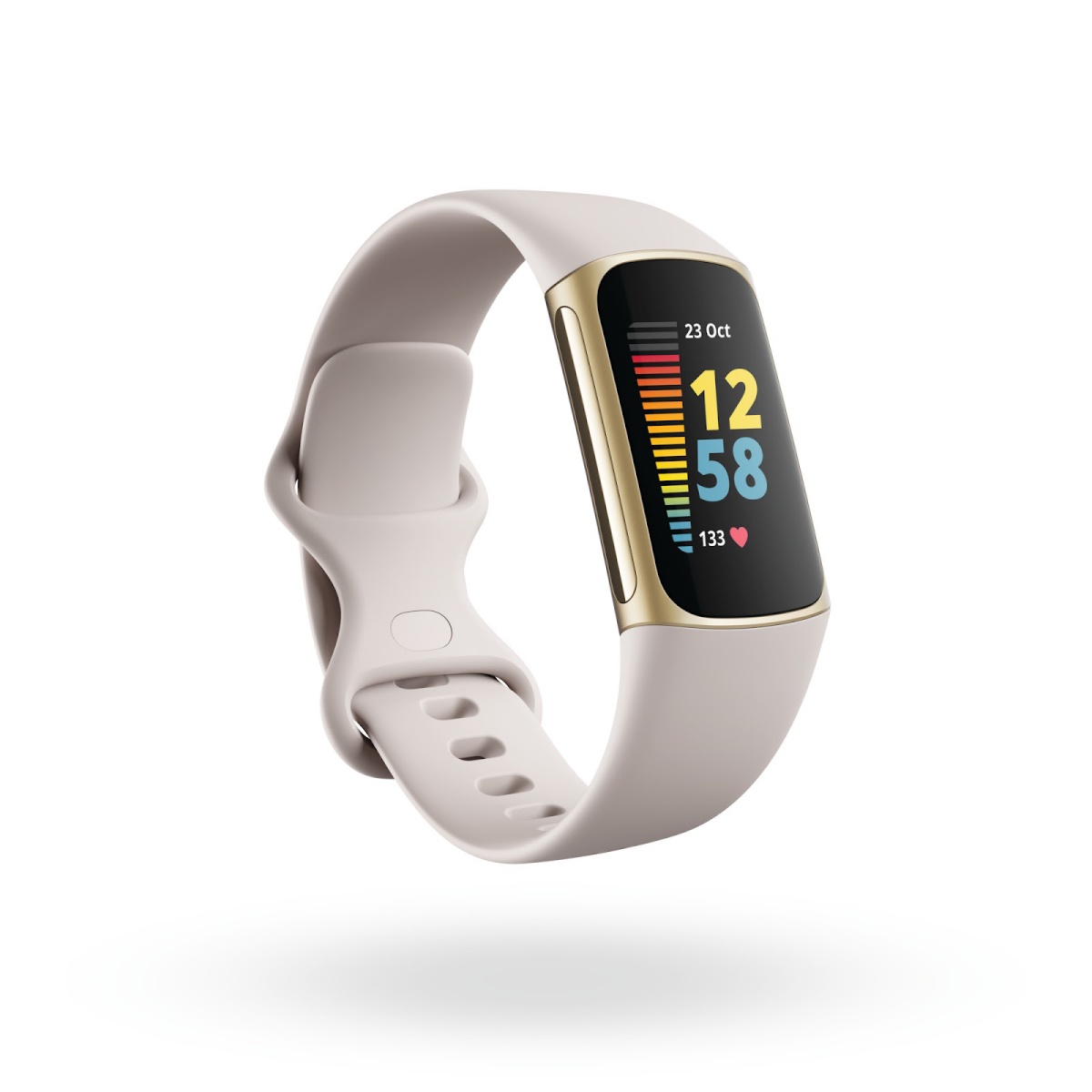
Changing the Battery in a Fitbit
Unfortunately, the battery in a Fitbit cannot be replaced. This means that if the battery life of your Fitbit has decreased, you will need to replace the entire tracker. However, if your Fitbit is still under warranty, Fitbit may replace the entire tracker for you. It’s important to note that whether or not you are still under warranty depends on your location and the specific terms of your warranty agreement.
How Long Does a Fitbit Battery Last?
The lifespan of a Fitbit battery varies depending on the device model and usage. Generally, most Fitbit devices have a battery life that ranges from 3 to 7 days on a single charge. However, this may vary based on the features and functions being used. For instance, if you use GPS continuously, it will drain the battery faster.
To give you a more specific answer, here is a breakdown of the battery life for some of the popular Fitbit devices:
– Fitbit Zip: Up to 6 months
– Fitbit One: Up to 2 weeks
– Fitbit Flex 2: Up to 5 days
– Fitbit Alta: Up to 5 days
– Fitbit Alta HR: Up to 7 days
– Fitbit Charge: Up to 7 days
– Fitbit Charge 2: Up to 5 days
– Fitbit Charge 3: Up to 7 days
– Fitbit Charge 4: Up to 7 days
– Fitbit Ionic: Up to 5 days
– Fitbit Versa: Up to 4 days
– Fitbit Versa 2: Up to 6 days
– Fitbit Versa 3: Up to 6 days
– Fitbit Sense: Up to 6 days
It’s worth noting that the battery life may vary based on usage, such as how often you use the device, the brightness of the screen, and how often you sync the device with your phone. To extend the battery life, you can disable features that you are not using, reduce the screen brightness, and turn off notifications.
How to Replace a Dead Fitbit Battery
When your Fitbit battery dies, the first step is to charge it fully using the charging cable that came with your device. Once the device is fully charged, you should be able to turn it on by pressing the button on the side of the tracker. If your tracker is still unresponsive after charging, you can try resetting it by holding down the button for about 15 seconds. If this still doesn’t work, you can try restarting your device by going to the settings in the Fitbit app and selecting “restart tracker.” If none of these options work, you may need to contact customer service for further assistance. It’s important to note that you should avoid letting your battery completely drain often, as this can reduce the overall lifespan of the battery.
Causes of Rapid Battery Drainage in Fitbits
There are several reasons why your Fitbit battery might be dying quickly. One possible cause is that a power-draining app or setting, such as All-Day sync, constant notifications, or heart rate monitoring, is enabled on your device. Another possibility is that you have too many apps running on your menu, which can drain the battery life. Additionally, receiving silent alarms can also contribute to battery drain. It is recommended to check which apps and features are running on your Fitbit and adjust them accordingly to conserve battery life.
Conclusion
The battery life of Fitbit devices varies depending on the model and usage. While some models can last for up to 6 months, others, especially those with GPS and continuous heart rate monitoring, may only last for a few hours. Unfortunately, the battery in Fitbit devices cannot be replaced, so it’s important to take care of the battery and optimize its life span by avoiding power-draining apps or settings and limiting the number of apps running on the device. If your Fitbit device’s battery life is decreasing faster than usual, it may be time to contact customer service for further assistance. it’s essential to monitor your Fitbit device’s battery life to ensure that it continues to function optimally and provide you with the tracking data you need.



